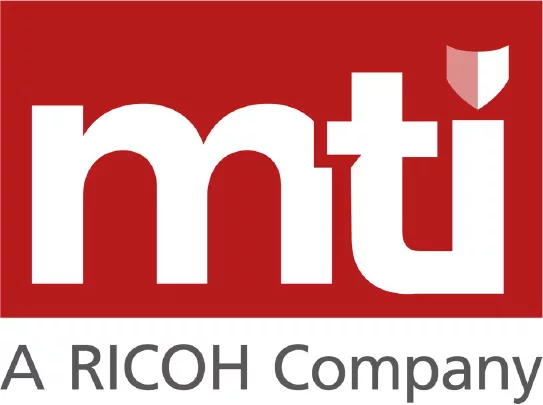The increasing and overwhelming demands on legacy data centre hardware over the last 18 months have further highlighted the need for many organisations to modernise their data centres and IT infrastructure.
With many turning to the software-defined data centre (SDDC) as a solution to help them modernise their environments. The SDDC is designed to overcome the drawbacks of a traditional three-tier IT infrastructure.
Typically, legacy data centres are prone to being slow, inconsistent and costly, but a well-implemented SDDC solution utilises a software-defined infrastructure with automation and orchestration to deliver services accurately and reliably.
VMware has SDDC at the heart of its technology portfolio, and as a VMWare Master Services Competency partner, MTI has a wealth of knowledge and expertise in helping organisations plan and implement their SDDC.
Despite the performance gains and critical need to modernise, some organisations have been hesitant about adopting an SDDC environment and have questioned whether the deployment is worth the investment.
As a transformational change rather than a technical shift, SDDC may not be suited to every organisation. To help your organisation weigh up whether an SDDC and a single-vendor platform approach is suited to your needs and demands, we have highlighted three reasons why SDDC could be a good fit for you.
Reason #1: Delivering support and scalability
Overbuying resources so you can scale up compute, storage and networking as needed in your legacy IT environment, can prove to be costly if you do not need it. But without it, it can be hard to scale up quickly.
VMware Cloud Foundation’s SDDC Manager offers a simplified resource allocation solution for the SDDC to provide a centralised management place to provision, monitor and manage the logical and physical resources that make up the VMware Cloud Foundation-based private cloud.
Offering supportability at scale, SDDC allows IT staff to configure additional racks into a single pool of consolidated resources to shift or scale workloads to where they are needed without having to rebuild the infrastructure and reduce the burden of overbuying costs.
Streamlining and simplifying lifecycle management for entire workload domains, allows administrators to get down to the firmware level and reduce the time it takes to perform tasks that would otherwise be labour intensive in a legacy environment.
Reason #2: Removing silos and bringing teams together
In a traditional three-tiered legacy IT infrastructure, compute, storage and networking resources are often managed by separate, siloed teams. This non-collaborative approach can cause issues as each team is focussing only on their respective domains and not for the good of the overall infrastructure.
This can make the environment and accountability when issues arise complex. With SDDC, resource management staff function as part of a single, restructured platform team. Working in this way ensures decisions are made for the good of the entire platform, not just one part of it.
Taking this approach can help remove silos and bring teams together, resulting in a better way of working and often organisations can manage more infrastructure with fewer people.
Reason #3: Providing specific use case benefits
When evaluating SDDC and determining if it has a place in your organisation, it can be beneficial to get the perspectives of multiple stakeholders. Obtaining these different perspectives can give you a clearer view of how SDDC capabilities might be more meaningful and compelling to users across the enterprise.
SDDC provides organisations with benefits for every user across the entire enterprise and delivers speed and accuracy to help accomplish varied objectives. For example, if IT staff highlight a potential storage capacity issue, SDDC equips them with the tools to issue a service request almost instantly, with no need to scramble an entire war room team.
Next Steps
Before making any decisions about your IT investment it is vital that you have a clear view of how your applications are performing on your current infrastructure. Our VMware HCI Assessment is a great place to start and helps you evaluate and quantify the opportunity for improving, optimising and reducing costs for HCI based around the industry standard VMware platform.
MTI is a partner you can trust and we are proud to be considered by leading technology giant VMware as a top tier channel partner after being awarded the highest accreditation.
Only a limited number of Master Services Competency accreditations are awarded in the UK and globally, showing that we are amongst the very best in the market in providing expertise to help customers with VMWare technologies.
At MTI, we look at understanding an organisation’s strategy, putting together a design, implementing this approach and then optimising the environment to ensure the customer gets the best value from their deployment and implements the best plan for SDDC.
Get in touch with one of our SDDC specialists to discuss your current environment, plans and aspirations for IT modernisation as we’ll recommend ways in which we can help.

